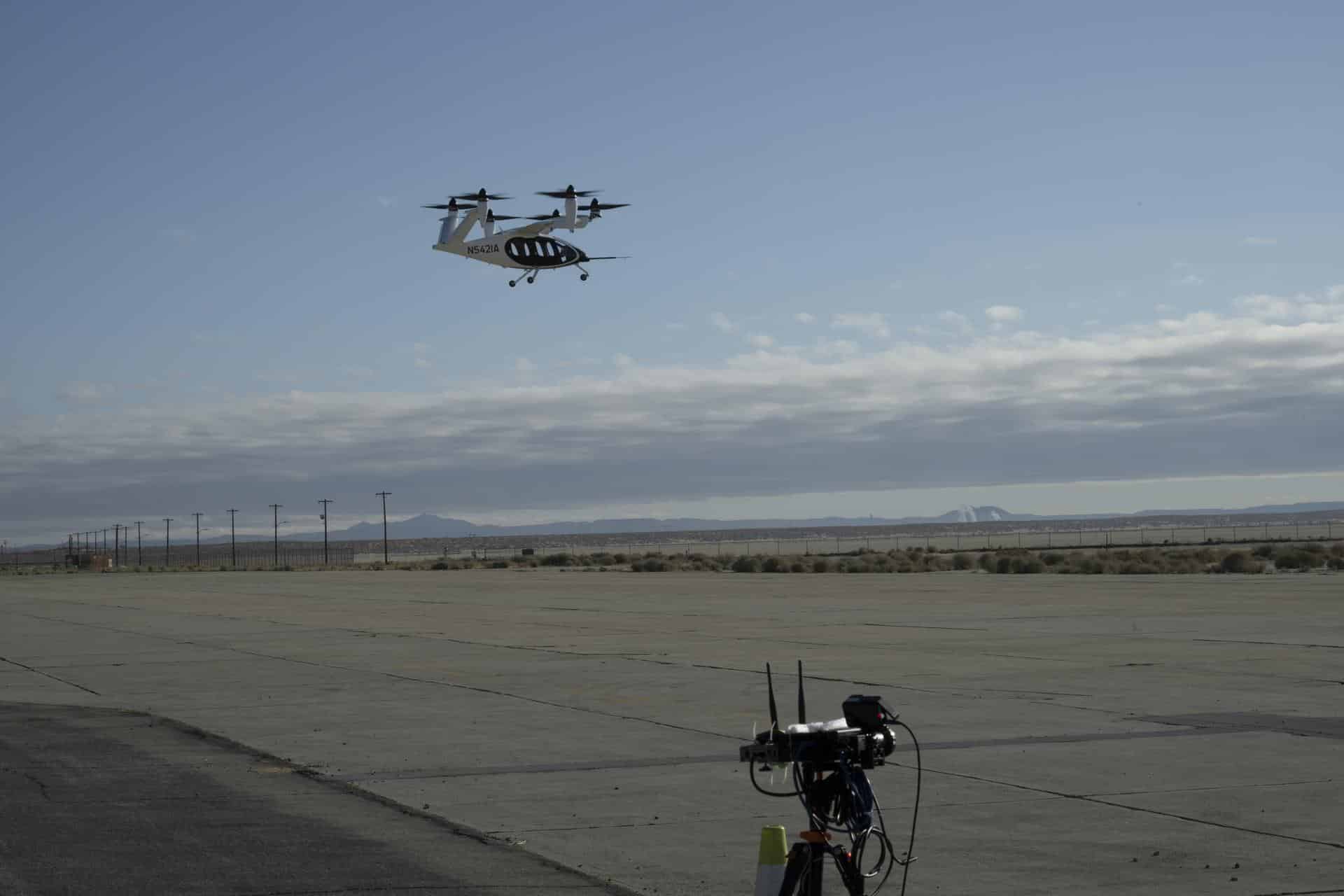NASA Partners with Joby Aircraft for Wind Effect Research

In March, NASA engineers initiated a groundbreaking project to gather data from an experimental air taxi, utilizing a network of ground sensors. This innovative air taxi, developed by Joby Aviation, is being tested to assess its performance in various weather conditions while flying above urban landscapes. The insights gained from this campaign will be crucial for enhancing collision avoidance systems, landing operations, and overall air taxi functionality in diverse environmental scenarios.
About Joby Aircraft and Operations
NASA has long studied how terrain-induced winds affect aircraft performance. In its latest tests, the Joby Aviation demonstrator aircraft is taking a novel approach by generating its own airflow. This air taxi, equipped with six rotors, is designed for vertical takeoffs and landings, and it can tilt to provide lift during flight. During its recent flight over NASA’s ground sensor array at the Armstrong Flight Research Center in Edwards, California, the aircraft produced valuable data on the airflow created by its propellers, which exhibited a turbulent, circular motion.
The research team is particularly interested in understanding how this generated wind can influence the aircraft’s performance, especially when it is in close proximity to the ground. The implications of this research extend beyond the aircraft itself, as the effects of wind turbulence can also impact nearby individuals and other flying objects. To accurately measure these complex wind patterns, NASA has enhanced its sensor technology, incorporating advanced lidar systems to capture detailed airflow data.
Result of First Array
The initial data collection from the ground sensors has revealed that rolling winds can significantly affect the performance of the Joby aircraft. These findings are critical, as they highlight the potential risks not only to the aircraft but also to people and objects in the vicinity. Grady Koch, the project lead from NASA’s Langley Research Center in Hampton, Virginia, emphasized the importance of this research. He stated, “The design of this new aircraft, paired with the NASA lidar technology during this study, warrants a better understanding of possible wind and turbulence effects that can influence safe and efficient flight.”
By upgrading its sensors and integrating new lidar technology, NASA aims to gain a comprehensive understanding of how wind and turbulence can impact flight safety. This knowledge will be instrumental in developing strategies to mitigate risks associated with flying in complex urban environments.
Second Array for Improved Aircraft Tracking
In addition to the initial array, NASA has established a second array equipped with radar, cameras, and microphones to enhance data collection on aircraft operations. This new setup will be operational for several months, gathering data during routine flights to further refine the understanding of air taxi dynamics.
The information collected from these ground nodes will play a vital role in improving NASA’s distributed sensing technology. Additional sensors will be deployed in areas where aircraft are expected to operate, allowing for a more comprehensive analysis of air traffic patterns and behaviors.
What Does the Future Hold?
The advancements in technology from this research are poised to revolutionize air operations, particularly in tracking aircraft near traffic corridors and landing zones. The distributed sensing capabilities being developed hold significant promise for enhancing air traffic management and ground-based landing systems.
The Joby aircraft’s experimental flights are a crucial step toward developing the technology necessary for efficient air flight operations in high-traffic areas. As this technology matures, it is expected to benefit not only NASA but also air taxi and drone companies, paving the way for safer and more efficient urban air mobility solutions.
Observer Voice is the one stop site for National, International news, Sports, Editor’s Choice, Art/culture contents, Quotes and much more. We also cover historical contents. Historical contents includes World History, Indian History, and what happened today. The website also covers Entertainment across the India and World.
Follow Us on Twitter, Instagram, Facebook, & LinkedIn

